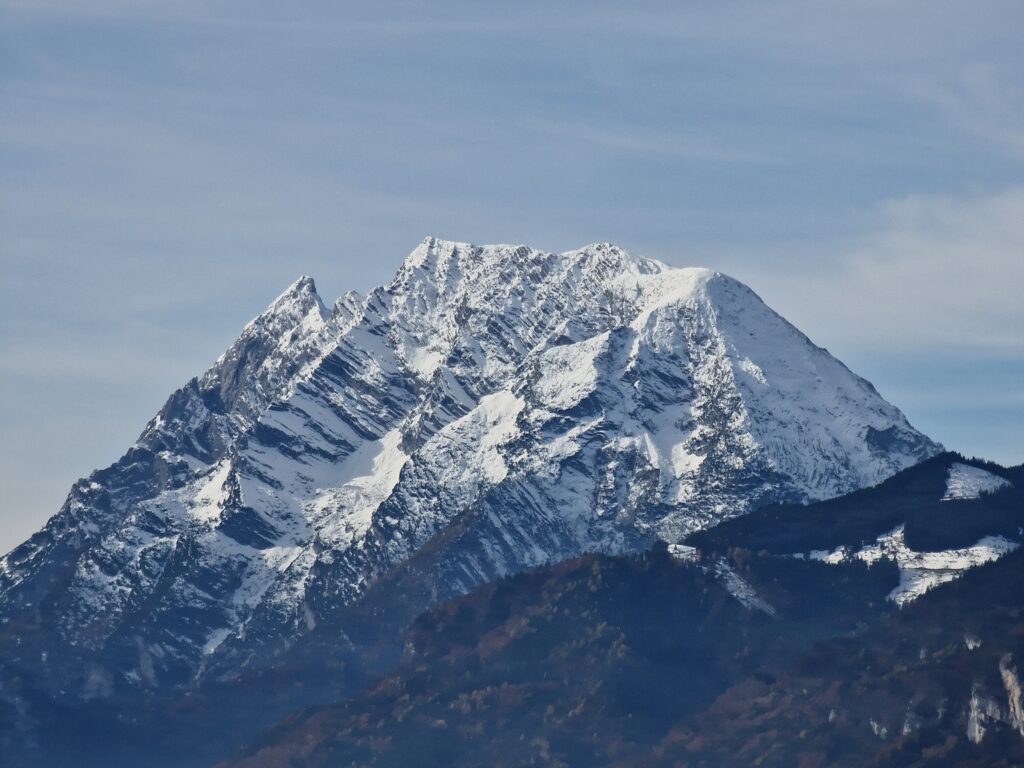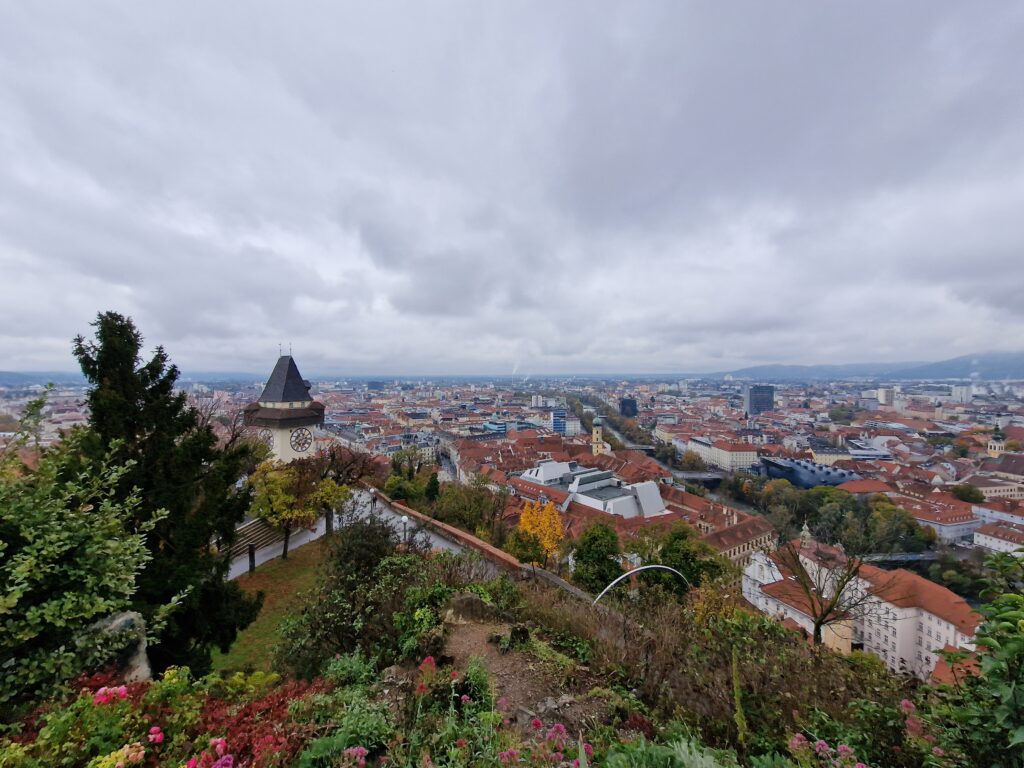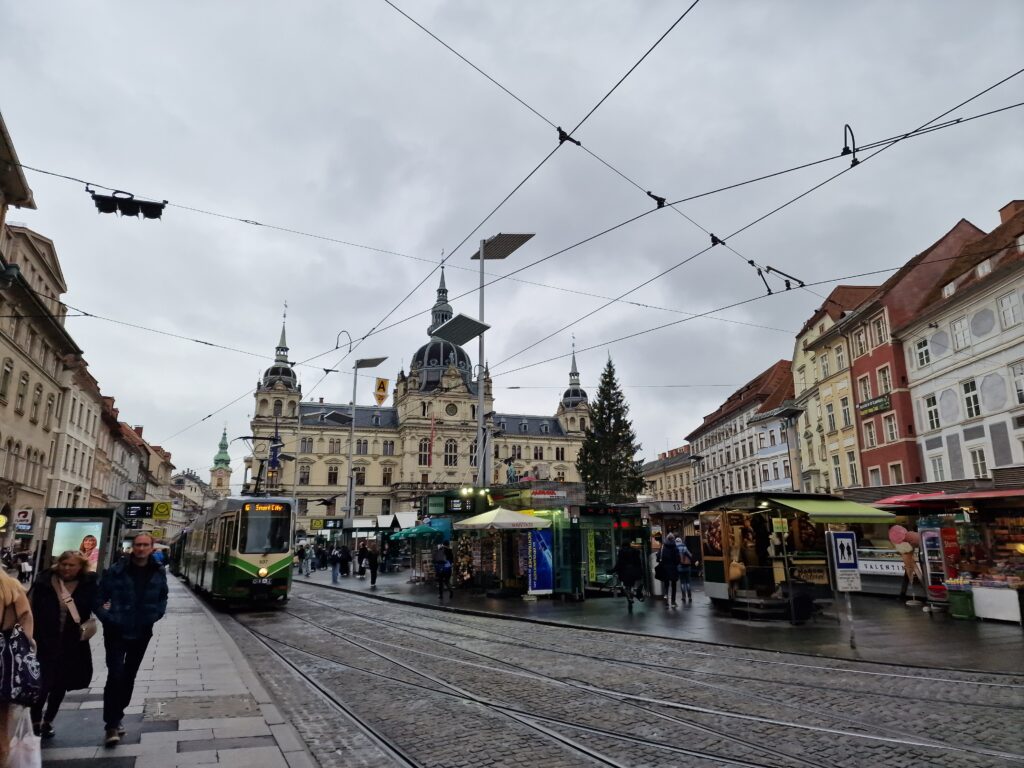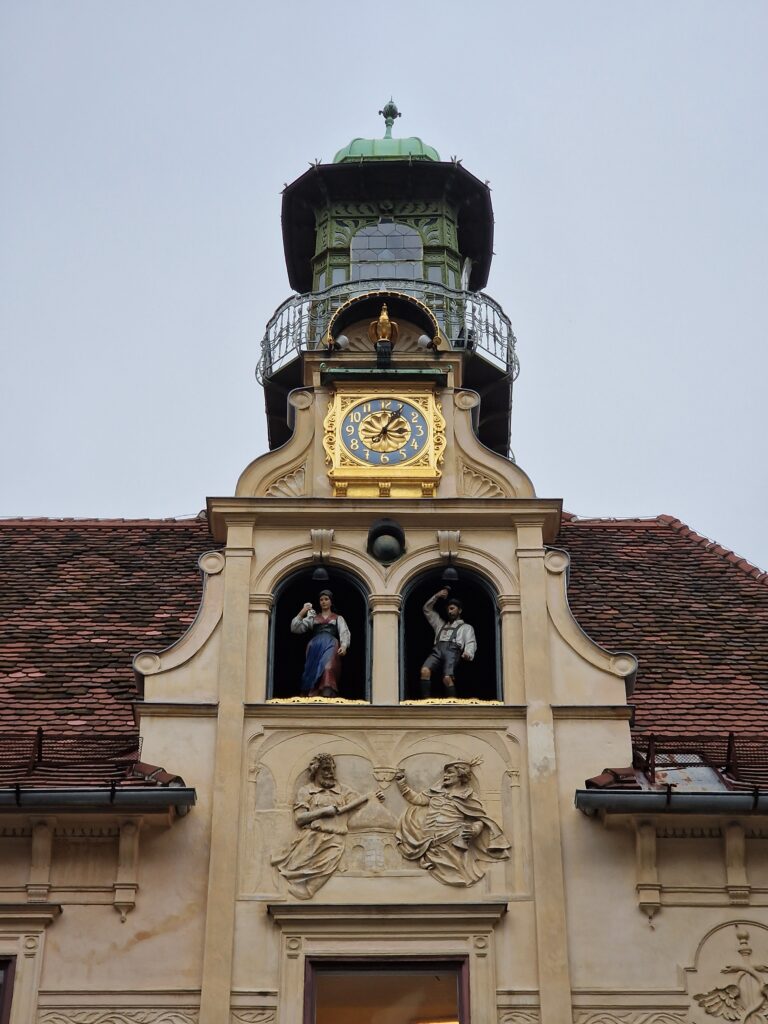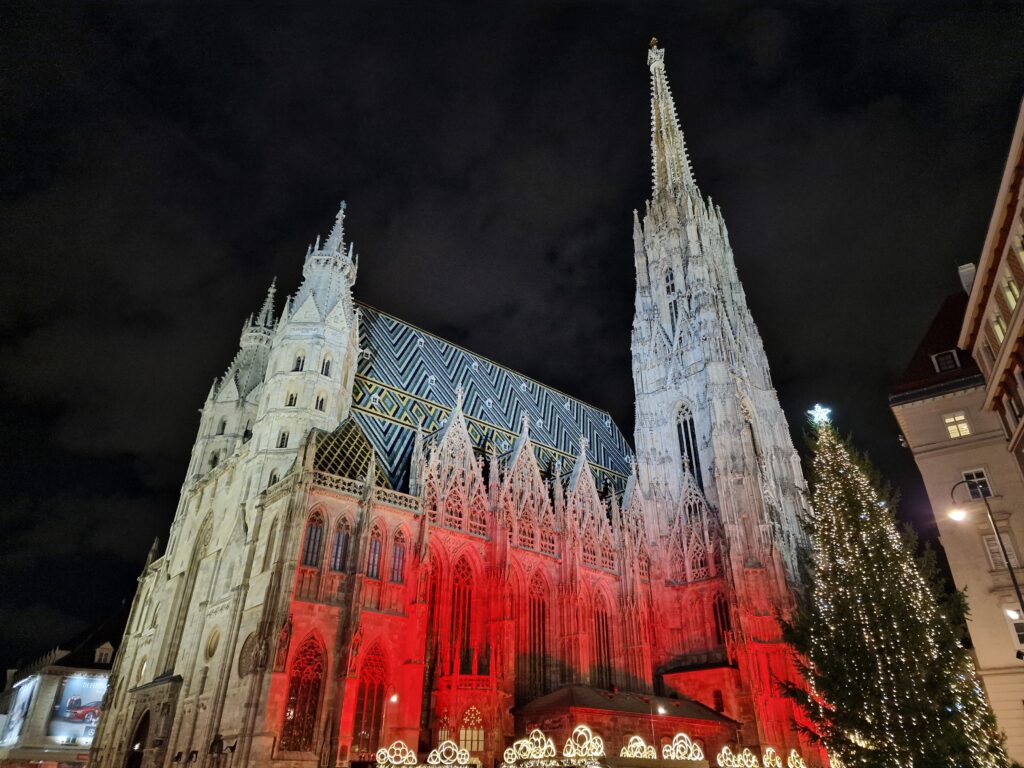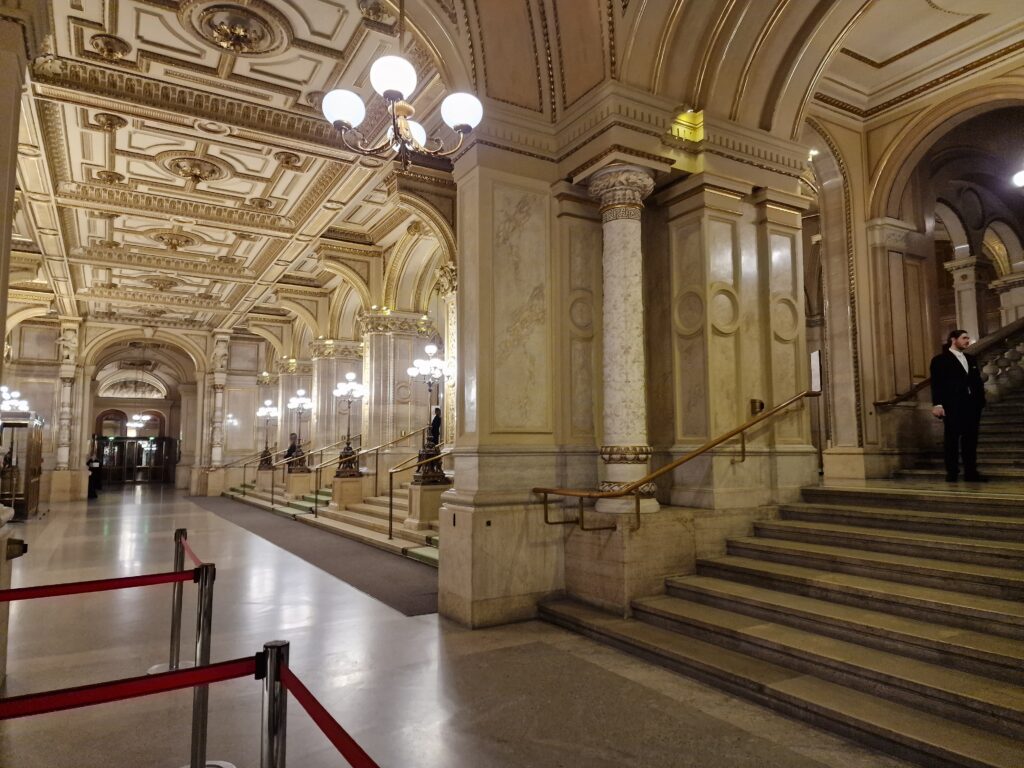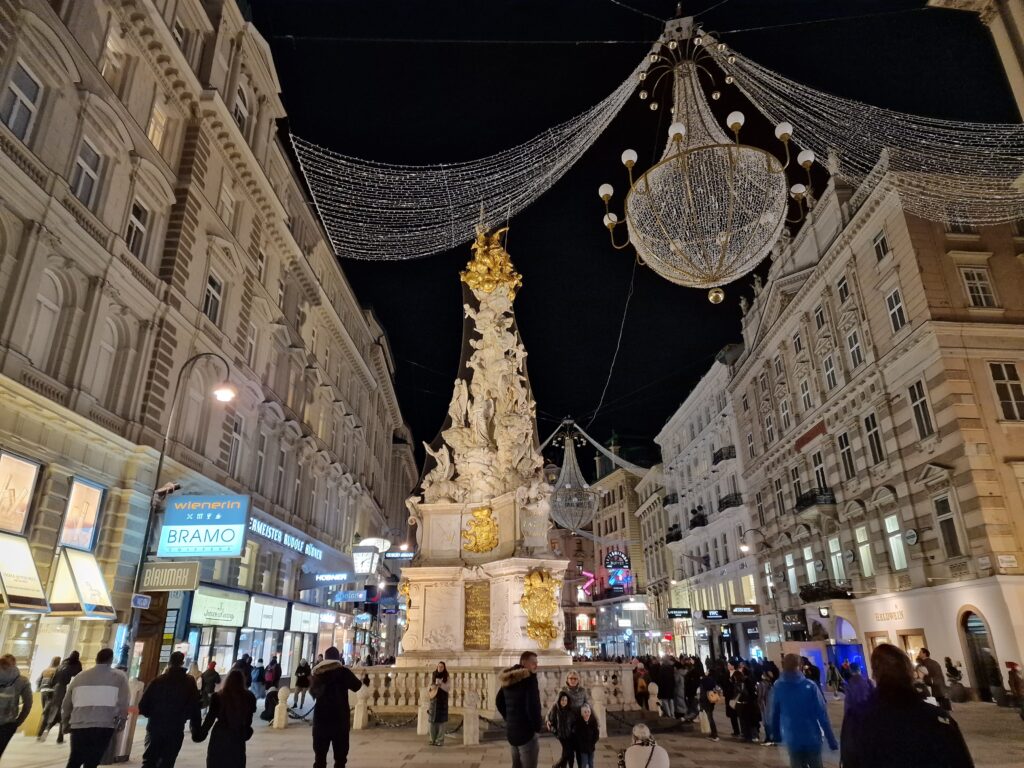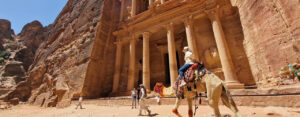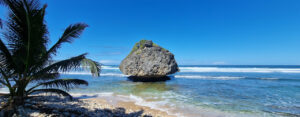
Schönbrunn Like a Diamond
Following the advice of our new favourite fiftyish Austrian roadside café owners, we were going to Graz. Our original plan was to cross the slightly flatter northern part of the country straight to the capital: Vienna. However, southern Graz was most definitely worth the rather large diversion, according to them at least and I now trust them with my life. About halfway there we paused for the night in the town of Liezen, a place which obliterates the notion that all Austrian alpine towns are breathtakingly beautiful. This was more breathtakingly smoggy, an industrial nightmare right in the heart of the country. Primarily used as a logistical hub and as a place where truck drivers can congregate in biblical numbers and run their foetid engines in unison, one night was enough.
This, however, was a mere blot on what was a generally scenic drive and order was resumed upon our nighttime arrival in Austria’s second city. Despite incredibly dismal weather, we headed to her highest point in order to get our bearings and to visit the summit bar which involved a short funicular ride to the top of Schlossberg hill. A green oasis in the heart of the city, it also comprises a 10th-century fortress and a cherished clock tower that locals paid a ransom to save during a Napoleonic raid in 1809. Even more appreciated now, it has become an iconic structure of Graz while confusing every tourist this side of Salzburg as the clock hands are swapped over, with the longer pointer displaying the hour. Austrian humour, apparently.
With the queue for the return funicular longer than Mozart’s last symphony we took the many winding stone staircases down to the hill’s base, somehow avoiding the entrance to the nightclub that exists within the rock itself. From here, one is immediately dropped into the core of the bustle as countless frigid construction workers were just starting to erect the unmistakable plywooden shacks of a winter market. As we were slightly too early for the joys of extortionate gluhwein and horrifying kids’ choirs, we had to make do with ornate architecture, comedy cuckoo clock characters, and myriad Irish bars. Enough, in fact, to conceive a tour of, a crawl if you will, which was topped by the distinctively named Original Irish Pub Graz.
While one Christmas market was still being assembled, the one in Vienna was in full Noddy Holder swing with bemused reindeer being force-fed various vegetables by equally bemused children and everyone pretending to enjoy spending small fortunes on thimblefuls of lukewarm wine because the ‘free’ mug looked festive. We were no different, queuing two hours for our own festive mug of now tepid liquid before squeezing ourselves onto a table between two American families and immediately wishing we hadn’t. The city had fully embraced all things capitalis… Christmas with at least four squares near the centre geared up completely for Yuletide. The main plaza, outside St. Stephen’s Cathedral, was doubly busy given the large gathering of Gazan protestors congregated in one half which perfectly juxtaposed with those on the other who were more keen on what VR headset to buy little Albert for Christmas, in the true spirit of the season.
After showing our support, not for Albert, we entered the aforementioned cathedral and beheld what is considered to be the most important Christian building in the country. Noticeable for its unique multi-coloured tiled roof and Baroque interior, the grand scale of the building only compares with that of the colossal Ulm Cathedral in Germany and looks even more striking when candlelit in midwinter, think of the Great Hall inside the most extraordinary structure of all: Hogwarts.
The rest of the centre is literally dripping with impressive architecture and historic buildings, nowhere more so than the Vienna State Opera where, in hindsight, we should’ve broken the bank to enter. However, despite it regularly topping most liveable city lists and for all its cleanliness and niceties, we found it rather tricky to embrace in a way one might do with a loveable mess like Plymouth. Character, creativity, and certainly eccentricity seemed absent, startling given that the likes of Beethoven, Schubert, Klimt, Freud, and Christoph Waltz all flourished there at one point or other. Perhaps an insider’s knowhow would’ve been useful, but we had little time to dwell, especially with a beer bath on the horizon…
J
